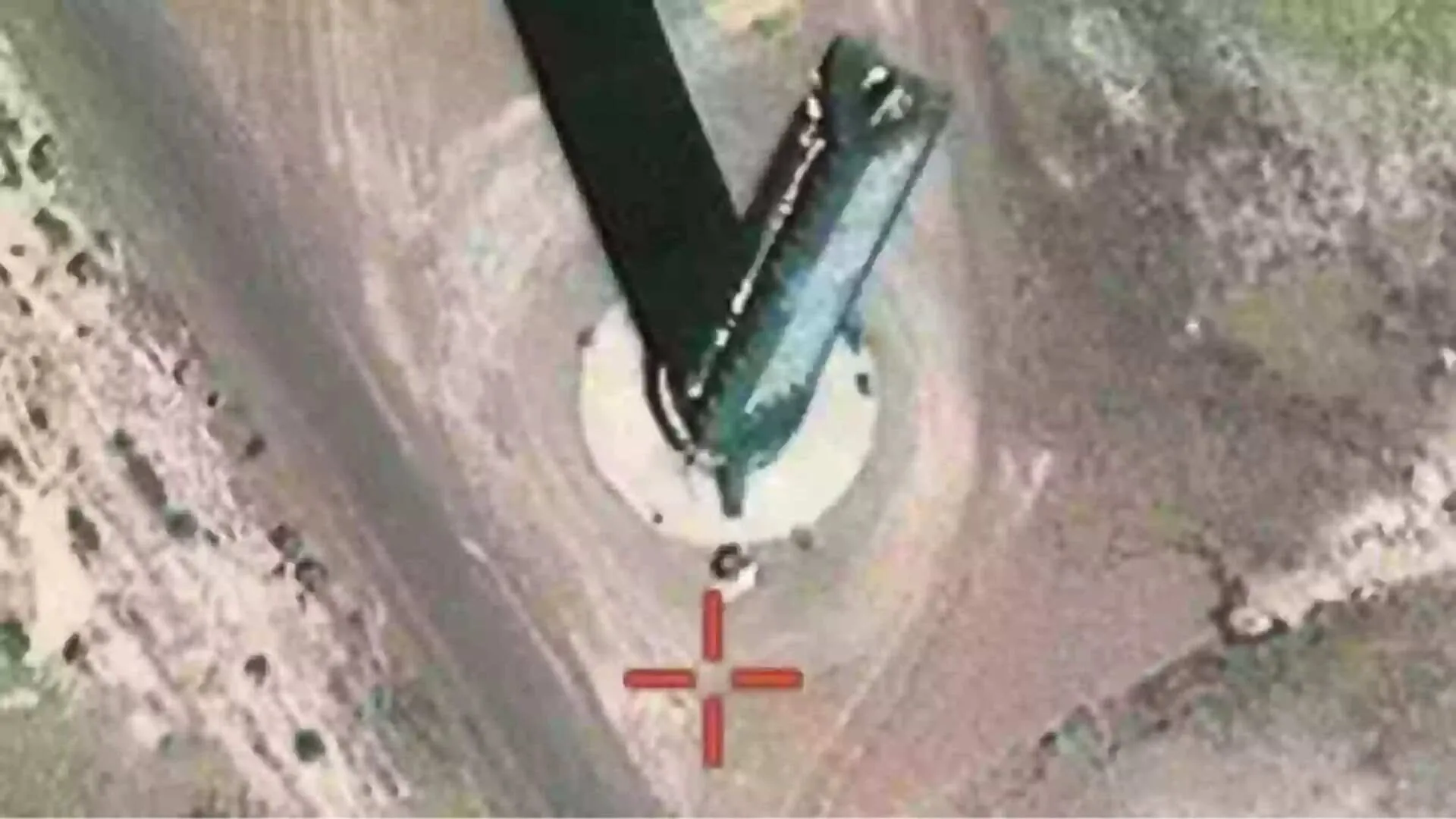In a remarkable occurrence, Mungeshpur, located in northwest Delhi, recorded an unprecedented maximum temperature of 52.3 degrees Celsius on Wednesday, setting a new record for the capital city. This temperature was measured at the Jawahar Navodaya Vidyalaya in Mungeshpur village, which also functions as an automatic weather station (AWS).
Among the four AWS established by the IMD in Nagpur, two showed extraordinarily high temperatures, exceeding 50 degrees Celsius and surpassing the 52.3 degrees Celsius recorded at the Mungeshpur AWS in northwest Delhi on Wednesday. The Delhi station made headlines nationwide by posting an astonishing 52.9 degrees Celsius, though the AWS/ARG (automatic rain gauge) Networks of the IMD have placed the Mungeshpur data under review.
The Nagpur AWS, situated in a 24-hectare open agricultural field belonging to PDKV at Ramdaspeth near North Ambazari Road, recorded an extraordinary 56 degrees Celsius. The AWS at the Regional Meteorological Centre (RMC) in Sonegaon also recorded a temperature of 54 degrees Celsius. Meanwhile, the AWS in the fields of the Central Institute of Cotton Research (CICR) at Khapri near Wardha Road registered 44 degrees Celsius, and the Ramtek AWS reported 44 degrees Celsius as well.
Following the alarming temperature in Delhi, which is considered the highest maximum temperature in India, the AWS/ARG networks are again under scrutiny. Regional meteorological officials caution against relying on AWS data during extreme heat days, as the sensors tend to malfunction beyond 38 degrees Celsius. A senior forecasting scientist at the RMC explained, “The AWS sensors have a fault. After a certain threshold temperature, the recordings become unreliable. They work fine for temperatures below 38-40 degrees. This is called positive bias in scientific parlance. The expansion of requisite elements needs to be linear. But the process loses its linearity in high temperatures.”
A recent study by VNIT’s climatology lab found that maximum temperatures in the city vary significantly, influenced by factors such as densely populated areas, open spaces with greenery, and open areas without vegetation. This study noted that Nagpur has distinct local climate zones, each with differing temperature readings.
During a visit to the PDKV AWS, situated between Maharajbagh Zoo and Vanamati, TOI observed that temperatures in the open field seemed higher than those near the greenery of Maharajbagh Road. The AWS sensors were exposed to direct sunlight without any surrounding greenery.
A senior RMC official pointed out that AWS sensors are imported from European countries, where temperatures do not reach the extremes seen in Indian cities. ML Sahu, deputy director of RMC, stated that the daily weather updates prepared for public use are manually compiled by scientists and considered more reliable. “Four mercury-based thermometers are used to record the daily temperature. A dry mercury bulb is used for current temperature and a wet bulb is used for ascertaining humidity. The temperature area is closed and only air passes through it,” Sahu said.
The AWS data is transmitted to the Pune data centre, where the information is decoded and uploaded to the AWS/ARG Networks portal in real time.























